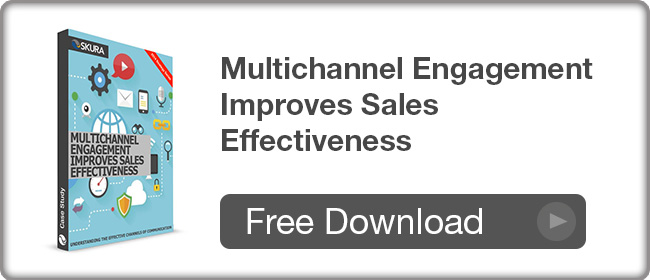We don’t wait for a momentous life experience to share a story with 1,000 of our closest friends. We’ll shout from the Internet’s rooftops about almost anything. When we hire a photographer and receive the photo proofs, we thank them publicly on Facebook and share every last one of the copies on Flickr. We post on Yelp to complain about poor car rental service and we mention the name of the representative involved in the mix-up. We Instragram a nice lunch at a new restaurant and link it to the restaurant’s page. We Tweet 140-character complaints at airlines when our plane is taxied for too long on the runway.

From the beginning to the end of a relationship with customers, companies are writing a story for the customer. That story will go on to be shared online with relatives, friends and strangers. Salespeople are only as excellent as the story that they’re written into. Real sales enablement means improving the entire consumer experience, from marketing to sales and onward.
For example, when the customer reaches the sales team, they’ve already completed a chapter or two of their consumer experience story with the marketing team. If the marketing team sends a new and improved brand message across multiple platforms, but the sales team sends a different, out-of-date brand message in the third chapter, then the customer will walk away with a story of confusion and distrust. If your marketing team offers promises that your sales team cannot deliver on, then the customer will walk away with a story of disappointment. Consistent messaging is one key to writing a story that keeps the customer engaged and turning the page with your company.
Sales enablement success involves improving the whole consumer story, not just the sales team’s chapter. Sales enablement platforms can help to orchestrate an honest, effective and cohesive storyline that you want customers to share.
Do you want your company’s story to go viral?











